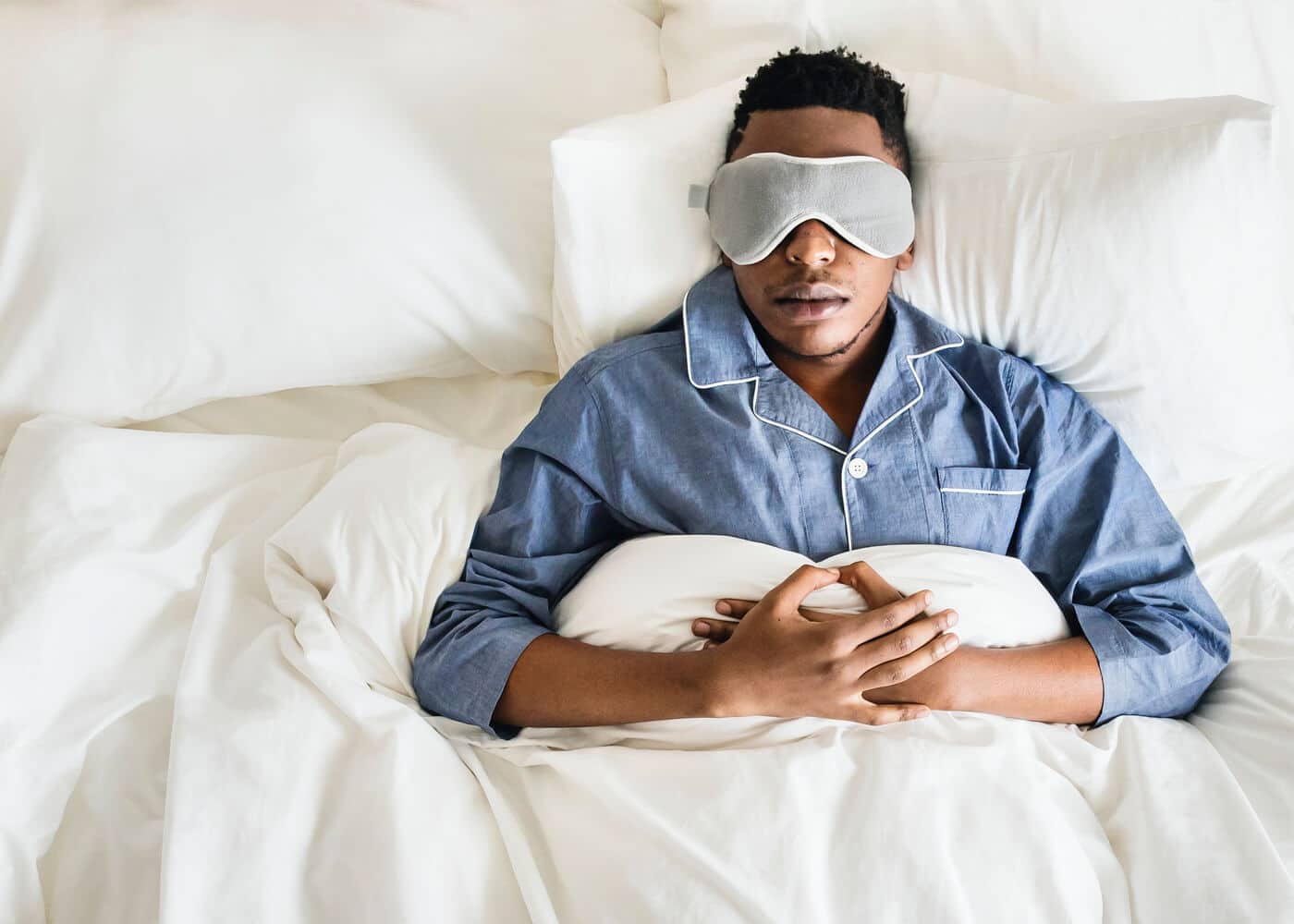 Finding the best sleeping positions to fit the uniqueness of your body can make a major difference in how you feel when you wake up. As you age, the way you sleep directly influences the amount of pain your body feels. A good night’s sleep also serves to alleviate many age-related mobility problems. Being aware and attentive to the way you sleep:
Finding the best sleeping positions to fit the uniqueness of your body can make a major difference in how you feel when you wake up. As you age, the way you sleep directly influences the amount of pain your body feels. A good night’s sleep also serves to alleviate many age-related mobility problems. Being aware and attentive to the way you sleep:
- Ensures overall comfort
- Straightens your spinal cord
- Allows sore, aching muscles to relax
- Reduces pain
- Lowers stress
- Helps you breathe easier
In addition to successfully treating spine-related conditions with minimally invasive techniques, the doctors at the Southeastern Spine Institute provide recommendations to improve your body’s overall wellness with tips to find the best sleeping positions for your specific needs.
What Problems Are Related to the Way You Sleep?
There are a variety of common problems linked to the way your body is positioned while you sleep. Whether you’re just starting to deal with back or neck pain, are undergoing treatment or have had surgery, pain is either exacerbated or relieved by the way you sleep.
Consider the problems that relate to the way you sleep and how you might make minor adjustments to feel better, such as:
- Lower back pain that’s relieved by sleeping on your stomach or side
- Neck pain that’s often alleviated by sleeping on your back
- General back pain, which can be reduced by sleeping with a pillow placed between your knees when you turn on either side
- Snoring and sleep apnea that’s reduced by lying on your side to allow air to travel freely through your airways. Elevating your upper body also opens restricted airways to help you breathe easier.
- Gastrointestinal issues, such as nausea, acid reflux, GERD and heartburn often are reduced by sleeping on your left side. Pregnant women and people with severe heartburn should not sleep on their right sides.
- Skin conditions, like acne, skin irritations, infections, clogged pores and rashes often are caused by sleeping with your face in a pillow, or face down on bed coverings. Sleep on your back to keep your face free.
What are the Best Sleeping Positions to Reduce Spinal Pain?
If you have pre-existing or persistent back problems, your position when you sleep can actually cause your pain to get worse. Begin by choosing a good supportive pillow to allow the muscles around your neck and shoulders to relax. Depending on the source of your back pain, adjust your body to sleep in positions that allow you to sleep:
- On your back to enhance your body’s natural alignment and provide stability to support your spine. This position takes away pressure caused by uneven weight distribution.
- With your knees elevated or on a wedge, which takes a tremendous amount of pressure off your spinal column. On your back, elevating your knees helps relax your lower back muscles. On your side, a pillow between your knees causes a better alignment of your spinal column.
- Curled like a baby in the fetal position, which relieves stress placed on individual discs and vertebrae. Pulling your knees up close to your body increases the flow of oxygen and blood to your spine and joints.
- Face down, supported by a pillow, if you have serious back problems like degenerative, bulging or herniated discs. You’ll enjoy a significant amount of pain relief in this position.
- In a recliner or elevated bed, which also alleviates a lot of pressure on your lower back, hips, and associated muscles.
The team at the Southeastern Spine Institute helps you develop a comprehensive awareness of the way to achieve maximum wellness. When you sleep better, you feel better. Contact the premier spine center in the Southeast for an appointment at the first sign of back pain.
